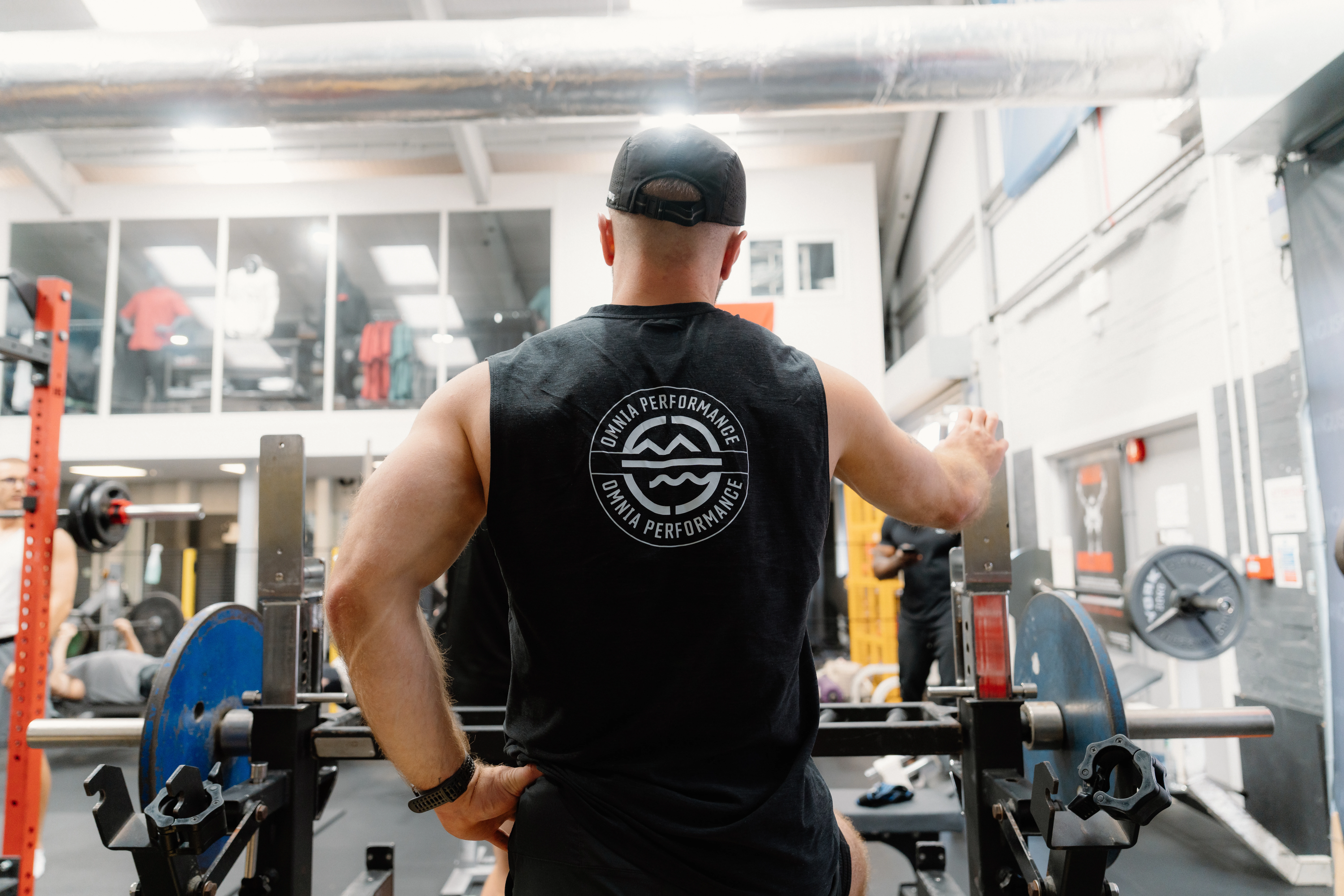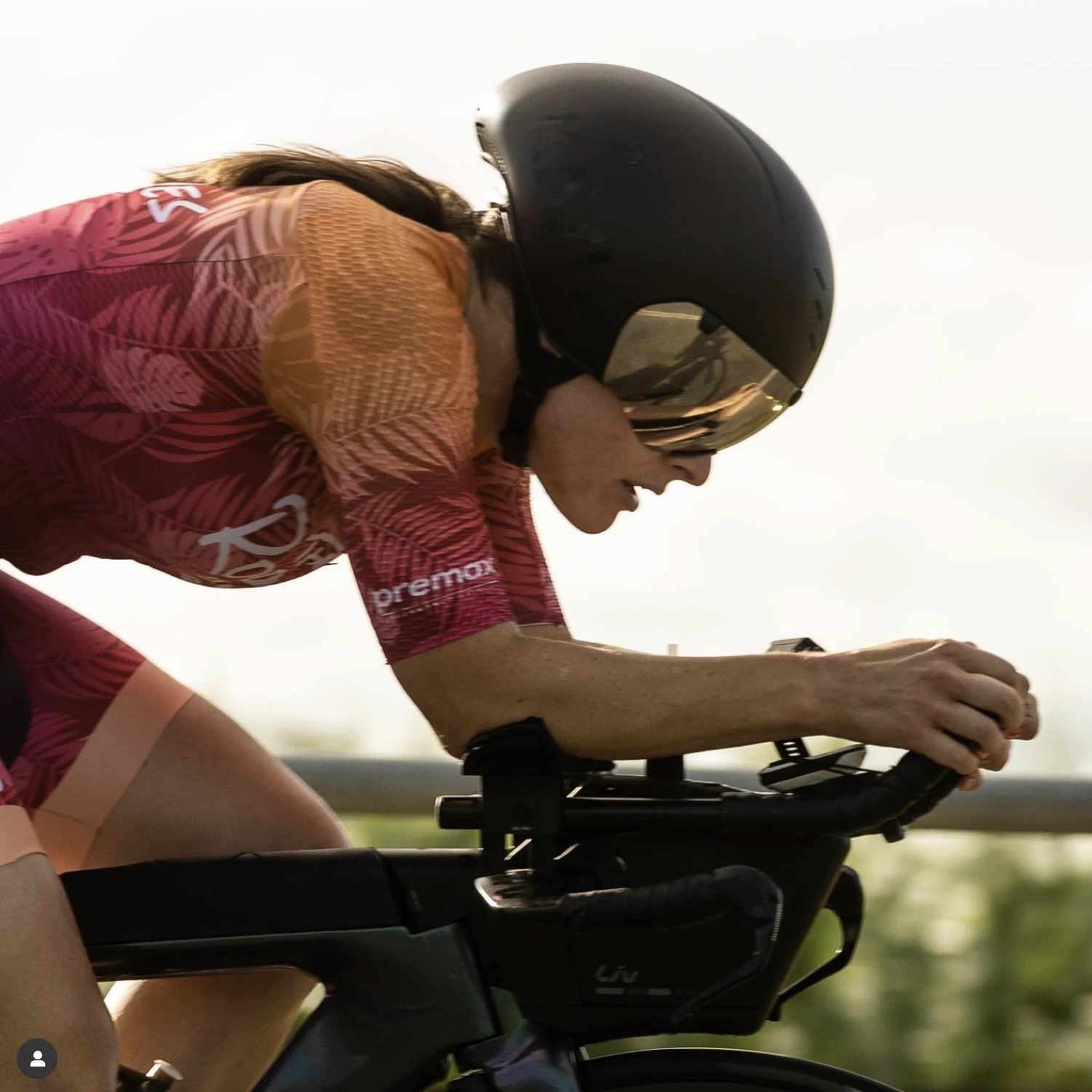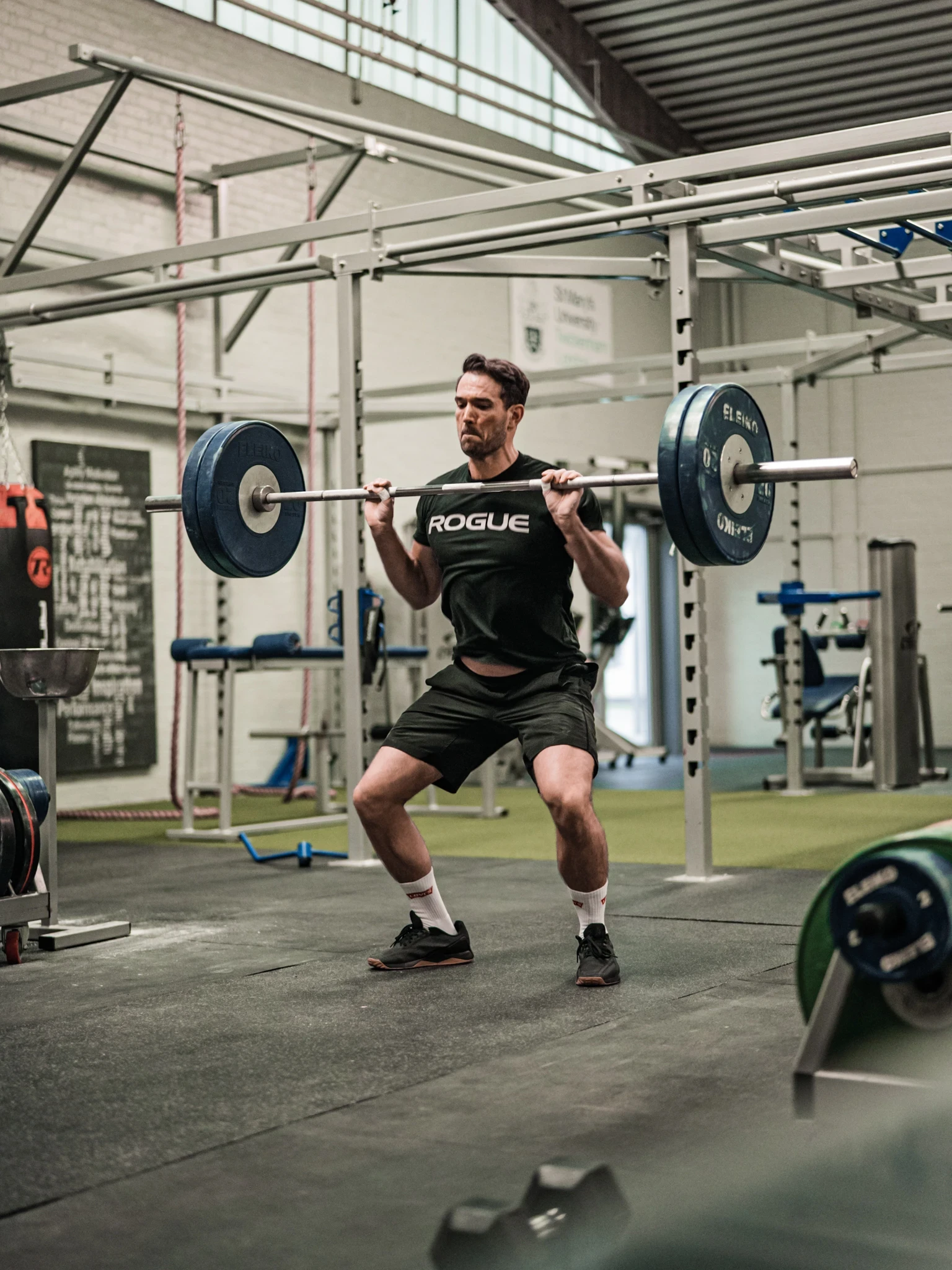Goal Setting in Hybrid Training
I think many athletes who are starting hybrid training get goal setting wrong.
Many think they need to just run more, lift more, and work harder to achieve huge, aspirational hybrid goals. But the reality is different. True progress comes from clarity. You can only chase two competing disciplines if you set goals that respect performance, lifestyle, and recovery. Otherwise, you burn out long before you reach your potential.
So how do you set goals that actually work for hybrid training?
1. Where Do You Sit on the Generalist–Hybrid Continuum?
Not all hybrid athletes are chasing the same thing. Some train broadly to stay ready for anything. Others push hard in two distinct sports, like powerlifting and triathlon.
It’s worth asking yourself:
Are you training for variety and longevity?
Or do you want to push the limits in both strength and endurance, specifically in two separate sports?
The answer shapes how specific and aggressive your goals should be. Generalists need flexibility. Hybrids chasing peak performance need precision. Knowing where you stand gives your training direction.
2. Match Goals to Your Lifestyle
I’ve worked with athletes who wanted to run sub-3-hour marathons while also pulling a 250kg deadlift. On paper, that’s inspiring. In reality, it demands elite-level time, energy, and recovery.
Look at your own situation honestly. Work hours, family life, sleep, stress. These matter as much as training volume. Goals should stretch you, but they also need to fit your reality. Otherwise, you risk injury or losing your love for training altogether.
3. Consistency Beats Intensity
Hybrid training takes time. You’re developing in two domains at once, and that process is slower than specialising. But slow does not mean stagnant.
The athletes who thrive are the ones who build consistency. Hitting sessions with intent. Progressing steadily, week by week. Training often enough to adapt, without going so hard they break. Think habits before heroics. The long game always wins.
4. Make Your Goals Hybrid-Specific
A strong hybrid goal doesn’t exist in isolation. It forces you to consider how strength and endurance interact.
Take this example: run a sub-20-minute 5K and squat 1.5x bodyweight. On their own, each is impressive. Together, they tell a more complete story, and your training should focus on this. If you don’t your training ends up looking like you’re training for 7 or 8 different sports, rather than just two.
5. Reassess and Adapt
Your position on the continuum isn’t fixed. Life shifts. Injuries happen. Sometimes you lean more toward generalism. Other times you move deeper into hybrid performance.
The important part is reflection. Are your goals still exciting? Are they realistic? Does my training add to my life or drain it? Adjust when needed.
Your goals are your compass
Goal setting in hybrid training isn’t about ticking boxes. It’s about creating direction. Your goals should guide you toward a lifestyle where lifting, running, and living all complement each other.
Whether you’re here to chase personal bests or simply to perform well across the board, your goals are more than a to-do list. They are your compass. Set them wisely.
 Is Explosive Strength More Susceptible to the Interference Effect than Strength and Hypertrophy?
Is Explosive Strength More Susceptible to the Interference Effect than Strength and Hypertrophy?
 Nail Your Next Triathlon: Essential Race Day Strategies
Nail Your Next Triathlon: Essential Race Day Strategies
 The Interference Effect
The Interference Effect